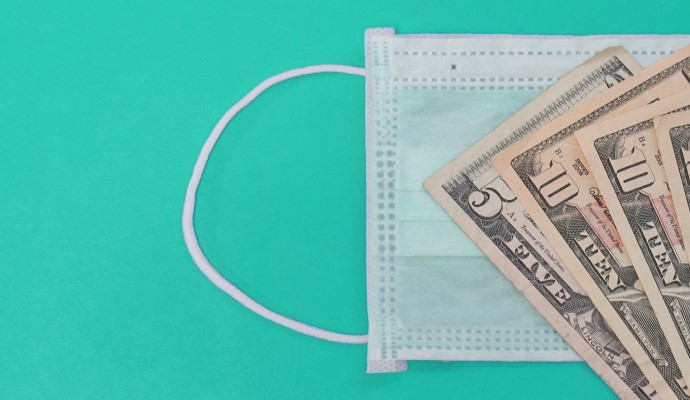Hospital Price Transparency to Save Just $8.7B to $26.6B a Year
Even $8.7B in savings from hospital price transparency is a lot, but that is in comparison to $1.3T in total hospital spending; other policy strategies may be more effective.

Source: Getty Images
- Hospital price transparency policies are slated to save between $8.7 billion to $26.6 billion a year, but that may not make a big enough dent in the $1.2 trillion—and growing—hospital spending rate.
The statistic from a new RAND Corporation study indicates that popular health policy efforts to reduce hospital spending in the US may not be as effective as policymakers think, while most controversial policies, like capping hospital prices, could reduce spending by far more.
“Improving markets through increased price transparency and competition could help reduce prices, but would not reduce hospital spending to the extent that aggressively regulating prices could,” Jodi Liu, the study's lead author and a policy researcher at RAND, said in a press release. “Direct price regulation could have the largest impact on hospital spending, but this approach faces the biggest political challenges.”
Setting or capping prices for all commercial payers could reduce hospital spending by $61.9 billion to $236.6 billion when rates are 100 to 150 percent of Medicare rates, the study of data from the federal Hospital Cost Report Information System found.
The reduction in spending would equal about a 1.7- to 6.5-percent reduction in national healthcare spending, researchers stated.
In contrast, spending reductions for hospital price transparency policies would be equivalent to a 0.2- to 0.7-percent cut to national healthcare spending, with greater cuts stemming from an employer- rather than a patient-driven response to price transparency efforts.
The success of hospital price transparency policies hinges on more use of the tools by patients and employers as well as more plan benefit designs that incent the use of lower-priced hospitals, Liu et al. explained.
Additionally, not all hospital services are shoppable (e.g., emergency care), resulting in relatively lower overall healthcare spending reductions, they stated.
Similarly, policy initiatives aimed at increasing hospital market competition in order to reduce national healthcare spending would not be as effective at cutting costs, saving just $6.2 billion to $68.9 billion per year, according to the study.
“Given how concentrated today’s hospital markets are, policymakers would need to radically restructure hospital markets—and more so than modeled here—for prices to approach competitive levels,” the study stated.
Direct price regulation may be the most effective policy option for reducing hospital and overall healthcare spending. However, this approach has historically received pushback from provider groups because of many potential consequences, including possible closures especially after the financial impact COVID-19 has had on hospital finances.
“Regulating commercial hospital prices is a direct way to create significant reductions in spending, but doing so could potentially lead to hospital closures, erode quality, and face daunting political hurdles,” study coauthor Christopher Whaley, a RAND policy researcher, said in the release. “As policymakers consider options for reducing hospital prices paid by private health plans, they will need to weigh the potential impact of different policies on hospital revenues and the quality of care, and they will also need to take into account the political and administrative feasibility of each option.”
For direct price regulation, for example, policymakers may need to consider phasing in rate-setting or caps or limiting the scope of the policies (i.e., using higher rates or restricting rate regulation to a public option or highly concentrated hospital markets) to mitigate political opposition.
Physicians participating in The Physician Foundation’s 2020 Survey of America’s Physicians series preferred a two-tiered system featuring a single-payer option in addition to traditional private payer coverage.
The Biden election team also supported a Medicare-like public option, but more recent state proposals to implement a similar coverage option have still met extensive opposition by provider groups.
Hospital price transparency policies, like the one implemented on Jan. 1, 2021, face considerably less political pushback despite provider opposition. But for the policies to meet cost-cutting expectations depends on patient behavior and how health plans tie price transparency to benefit design.
Overall, savings from hospital price transparency will take time, while hospital markets may be too concentrated to increase competition enough to lower healthcare spending on hospital services, at least in the near future, according to the study.
Overall health spending is on track to account for nearly 20 percent of gross domestic product (GDP) by 2028, and that estimate does not account for the impact COVID-19 has had on healthcare expenditures.
Hospital expenditures will make up a significant portion of overall healthcare spending, growing by about 6 percent per year through 2023.
